The U.S. Data Protection Framework Everyone’s Copying – NIST
Share

how NIST shapes US data protection standards, strengthens cybersecurity frameworks, and influences global privacy compliance across industries.
In an era where cyber threats evolve faster than regulations can keep up, the National Institute of Standards and Technology (NIST) stands as the backbone of America’s cybersecurity and data protection infrastructure. From guiding federal agencies to influencing global best practices, NIST plays a critical role in shaping how organizations secure sensitive data and ensure compliance.
This article explores how NIST frameworks impact US data protection, their relationship with privacy laws like the NDPA, GDPR, and HIPAA, and how businesses can adopt NIST standards to strengthen their cyber resilience.
What is NIST?
The National Institute of Standards and Technology (NIST) is a non-regulatory agency under the U.S. Department of Commerce, established in 1901. Its mission is to promote innovation and industrial competitiveness by advancing measurement science, standards, and technology.
Over the last two decades, NIST has become a global authority in cybersecurity, data privacy, and risk management. Its frameworks and guidelines—especially the NIST Cybersecurity Framework (CSF) and Privacy Framework—help both public and private sector organizations establish strong, adaptable data protection systems.
NIST’s Core Role in Data Protection
NIST’s role in U.S. data protection can be summarized across four key areas:
| Area | Description |
|---|---|
| Framework Development | NIST develops comprehensive frameworks such as CSF, RMF, and the Privacy Framework to guide organizations in managing risk and protecting data. |
| Guideline Publication | It issues detailed Special Publications (SPs) like NIST SP 800-53 and SP 800-171 that define security and privacy controls. |
| Standardization | NIST sets technical standards for encryption (e.g., AES, SHA), authentication, and data integrity. |
| Collaboration | Works with international partners and industry experts to align global cybersecurity standards. |
Key NIST Frameworks for Data Protection
1. NIST Cybersecurity Framework (CSF)
First released in 2014, the NIST CSF provides a voluntary, risk-based approach to managing cybersecurity risks. It’s structured around five functions:
- Identify – Understand assets, risks, and vulnerabilities.
- Protect – Implement safeguards like encryption and access control.
- Detect – Monitor systems to identify anomalies and threats.
- Respond – Develop incident response plans.
- Recover – Restore normal operations and improve processes.
The CSF 2.0, expected in 2026, expands on supply chain security, AI risk management, and data governance—key areas for modern businesses.
2. NIST Risk Management Framework (RMF)
The RMF guides federal agencies and contractors in integrating security and privacy into system development. It outlines steps to categorize information systems, select security controls, assess compliance, and authorize operations.
This structured process ensures data protection is built into systems by design, not added as an afterthought.
3. NIST Privacy Framework
Introduced in 2020, this framework mirrors the CSF but focuses specifically on privacy risk management. It helps organizations:
- Map data processing activities,
- Assess privacy risks,
- And align with laws like GDPR, CCPA, and NDPA.
It emphasizes the principle of “Privacy by Design”, ensuring individuals’ data rights are prioritized during every stage of a system’s lifecycle.
How NIST Supports Federal Data Protection Laws
While NIST does not enforce laws, its guidelines serve as the foundation for compliance with several U.S. data protection and cybersecurity regulations, including:
| Regulation | How NIST Supports It |
|---|---|
| FISMA (Federal Information Security Modernization Act) | Requires federal agencies to follow NIST standards for securing federal information systems. |
| HIPAA (Health Insurance Portability and Accountability Act) | Uses NIST guidance to strengthen the protection of health data. |
| CCPA (California Consumer Privacy Act) | Organizations leverage NIST Privacy Framework to align compliance practices. |
| NDPA (Nigeria Data Protection Act) | NIST standards influence international benchmarks adopted by nations like Nigeria. |
| CMMC (Cybersecurity Maturity Model Certification) | Based on NIST SP 800-171, defining security requirements for contractors in the defense industry. |
Global Influence: How NIST Shapes International Standards
Though U.S.-based, NIST’s influence extends worldwide. Its methodologies have been integrated into ISO 27001, GDPR compliance toolkits, and national data protection frameworks across Europe, Africa, and Asia.
NIST’s collaboration with organizations such as ENISA (European Union Agency for Cybersecurity) and ISO/IEC ensures cross-border consistency in privacy and cybersecurity standards.
For instance, Nigeria’s NDPA and NDPB leverage aspects of NIST’s frameworks when establishing local compliance models.
Real-World Example: NIST in Action
Case Study – Protecting Healthcare Data
A U.S. healthcare network handling patient records adopted NIST CSF to enhance its cybersecurity maturity.
By mapping its controls to NIST’s “Identify–Protect–Detect–Respond–Recover” model, the network reduced unauthorized access incidents by 45% and improved HIPAA audit scores.
Case Study – Small Business Cyber Readiness
A small financial firm used NIST SP 800-171 to comply with federal contractor requirements. Within six months, the company built a comprehensive data protection policy that met both CMMC and NIST CSF standards, winning new government contracts as a result.
Why SMEs Should Care About NIST
While NIST frameworks were initially designed for large institutions, they’ve proven invaluable for small and medium-sized enterprises (SMEs) seeking affordable, scalable security practices.
By using the NIST CSF, SMEs can:
- Reduce cybersecurity risk,
- Align with global privacy standards,
- Gain client and partner trust,
- And prepare for future regulatory audits.
Challenges in Implementing NIST Standards
| Challenge | Impact | Mitigation Strategy |
|---|---|---|
| Complexity of Frameworks | Small teams may find NIST standards overwhelming. | Start with CSF Core Functions; scale gradually. |
| Resource Limitations | SMEs may lack tools or expertise. | Use open-source tools and external consultants. |
| Continuous Updates | Frequent revisions require regular audits. | Schedule biannual compliance reviews. |
The Future of NIST and Data Protection
By 2026 and beyond, NIST’s role is expanding into new frontiers:
- AI Risk Management Framework (AI RMF) for ethical and secure AI deployment.
- Quantum-Resistant Cryptography Standards to prepare for next-gen threats.
- Supply Chain Security to mitigate vulnerabilities in software and hardware ecosystems.
These initiatives aim to ensure the U.S. (and its partners) stay resilient against rapidly evolving cyber threats.
Conclusion
NIST is far more than a government agency—it’s the global blueprint for data protection excellence.
Its frameworks not only guide federal operations but also empower private organizations, startups, and SMEs to protect sensitive information, comply with global privacy laws, and build digital trust.
Whether you’re a cybersecurity officer, data privacy professional, or business owner, aligning with NIST standards is no longer optional—it’s essential for long-term resilience in the digital age.
Frequently Asked Questions (FAQs)
1. Is NIST compliance mandatory for private companies?
Not necessarily. While federal agencies must follow NIST standards, private companies can voluntarily adopt them to enhance security and demonstrate due diligence.
2. How does NIST differ from ISO 27001?
NIST provides detailed guidelines and control frameworks, while ISO 27001 focuses on establishing an information security management system (ISMS). Many organizations combine both.
3. Can NIST help with GDPR or NDPA compliance?
Yes. The NIST Privacy Framework aligns closely with GDPR principles and can be mapped to NDPA requirements for lawful processing and data protection.
4. What’s next for NIST in 2026?
Expect new frameworks addressing AI governance, post-quantum cryptography, and more detailed supply chain risk management models.
READ MORE: NIST Cybersecurity Framework Explained
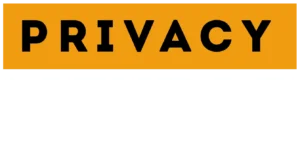

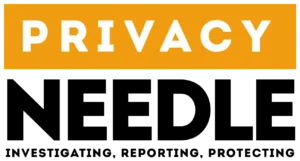








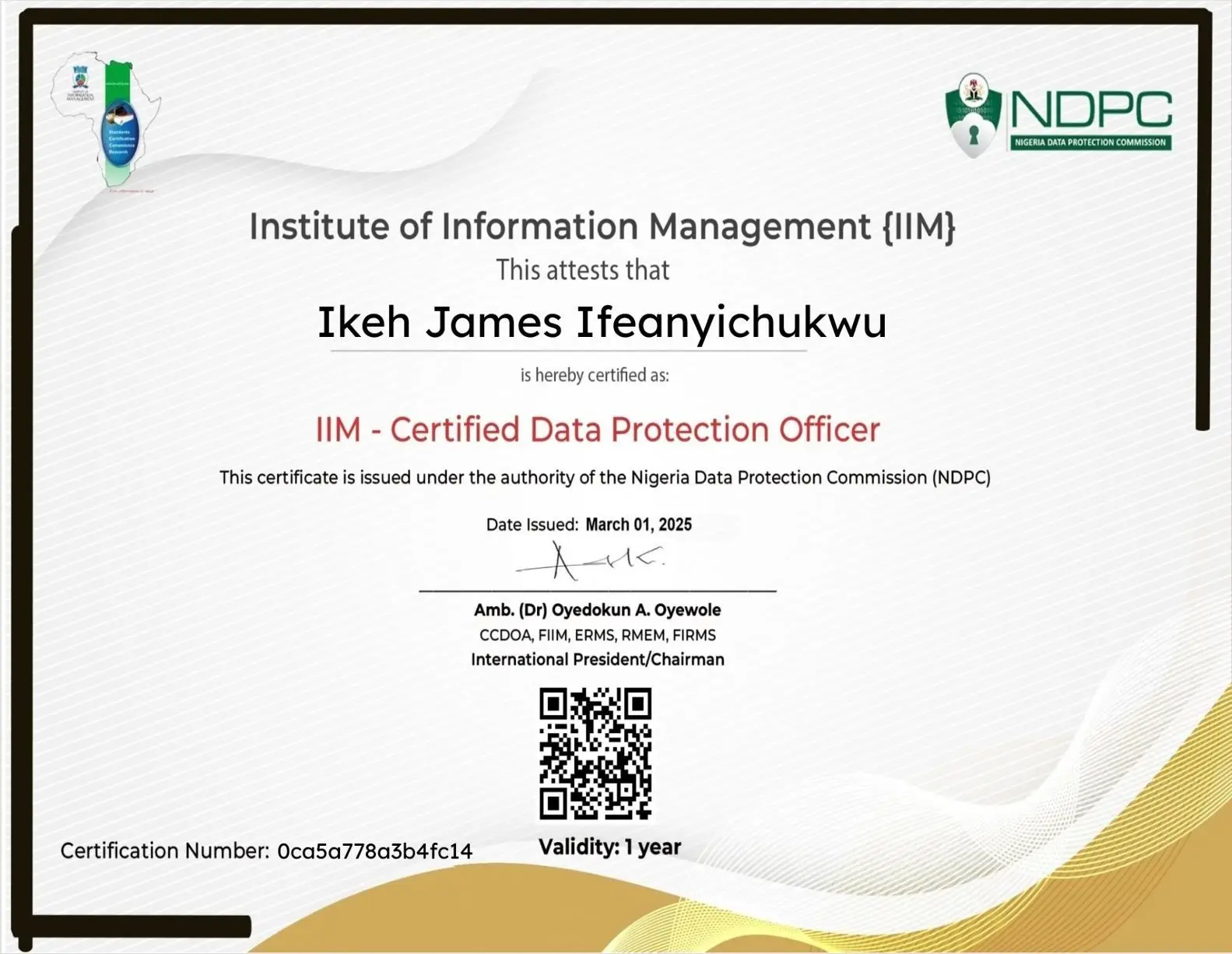














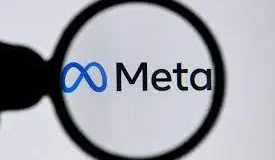


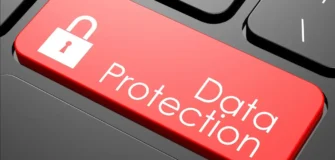






Leave a Reply